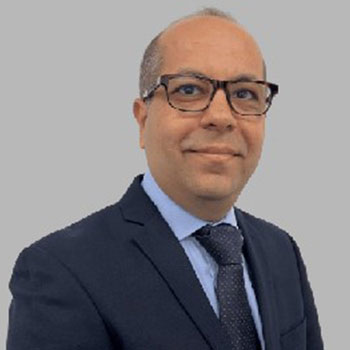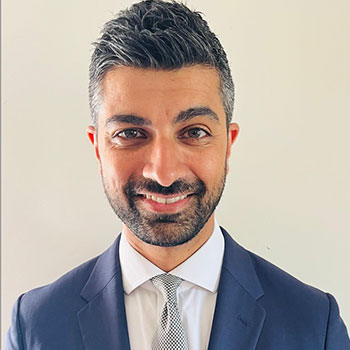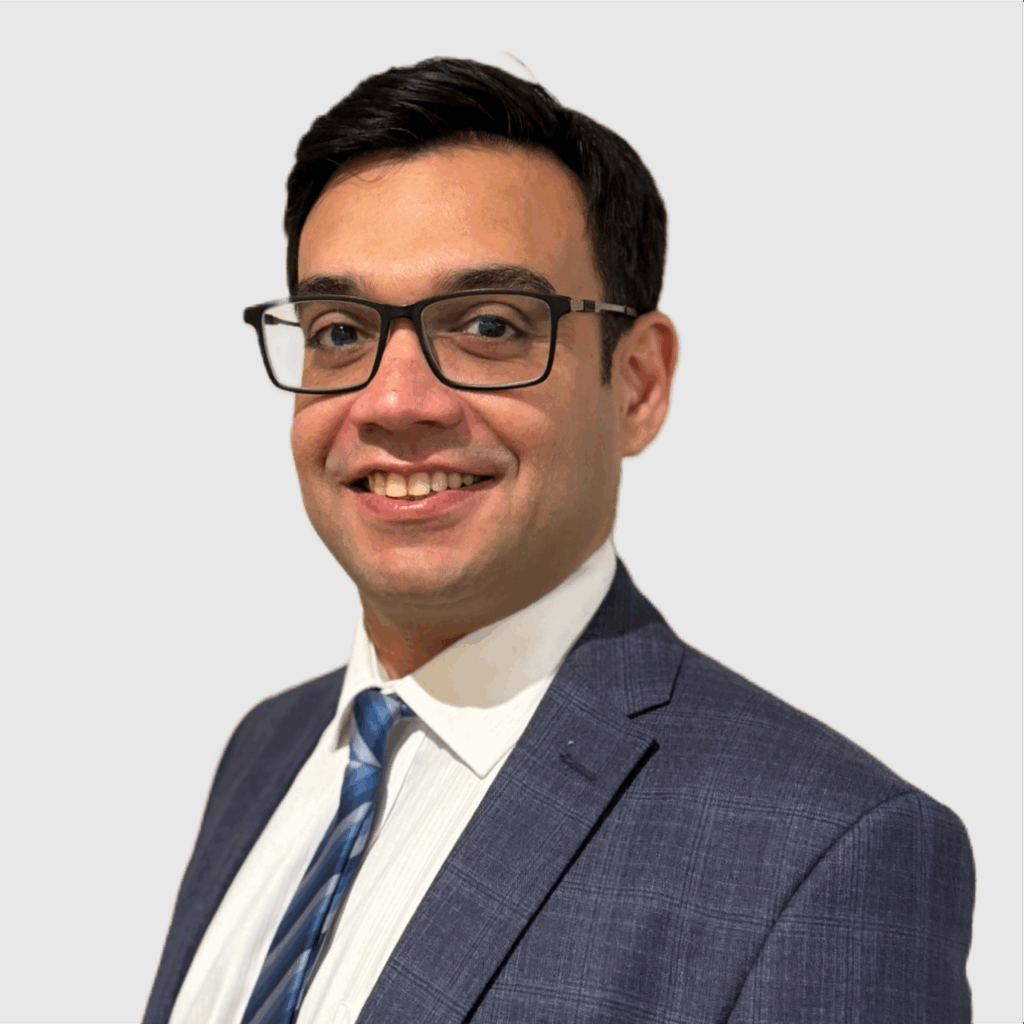What is the Achilles tendon?
What is the Achilles tendon?
The Achilles tendon is the largest tendon in the human body, connecting the calf muscles to the heel bone. It plays a crucial role in ankle plantar flexion, allowing us to walk, run, and jump. However, the Achilles tendon is also prone to injury, particularly in individuals who engage in sports that involve sudden forced plantar flexion, such as football, basketball, and tennis. An Achilles tendon rupture is a serious injury that can cause significant pain and impact mobility.
Symptoms and conditions
Achilles tendon injury is often suspected when experiencing the following symptoms:
- Sudden, sharp and severe pain in the back of the leg, particularly in the heel or calf
- Snapping or popping sound around the tendon at the time of injury
- Swelling in the calf or near the heel
- Inability to bend the foot downwards
- Inability to stand on the toes of the affected leg
- Difficulty walking and inability to bear weight on the affected leg
- Bruising on the lower leg
Conservative treatment for Achilles tendon injuries
Conservative treatment for Achilles tendon injuries typically involves a combination of rest, ice, compression, and elevation (RICE) to control swelling and pain. Functional bracing, such as a walking boot, may also be used to support the ankle and promote healing. Physical therapy is an essential component of conservative treatment, as it helps to improve muscle strength, flexibility, and range of motion. In some cases, blood-thinning injections may be prescribed to prevent deep vein thrombosis. Conservative treatment is often recommended for non-surgical patients, such as those with partial tears or minor injuries.
Hospital fee guide price: £3,200*
More about pricingBefore surgery
If you suspect an Achilles tendon injury, the first step is to schedule a consultation with one of our experienced orthopaedic surgeons. During your visit, your surgeon will take the time to review your medical history, conduct a thorough physical examination, and, if necessary, order imaging studies such as an MRI or ultrasound to confirm the diagnosis.
During your initial assessment, your surgeon will likely perform a physical exam known as the Thompson test. You’ll lie on your stomach with your knee bent while they gently squeeze your calf to check how the tendon responds. This simple test helps confirm whether the tendon is still intact or has ruptured.
Based on the findings, we’ll discuss the most appropriate treatment options for you. These may include conservative measures like functional bracing and physical therapy, or surgical interventions such as open or percutaneous Achilles tendon repair. In some cases, a combination of both approaches may be recommended to achieve the best outcome.
Timely consultation and diagnosis are key to preventing further complications and supporting a full recovery.
If surgery is determined to be the best course of action, our team will guide you through every step of the preparation process. This includes pre-operative assessments, reviewing your current medications, and providing clear instructions on fasting, mobility support, and post-operative care. We ensure that you feel informed, confident, and supported from your initial consultation through to your recovery.
During surgery
Surgery to repair a ruptured Achilles tendon is performed under general anaesthesia and usually involves reattaching the two ends of the tendon. There are different surgical options for repairing a ruptured Achilles tendon depending on the location of the tear. It is important to understand that certain procedures, such as percutaneous repair, can pose a higher risk of nerve damage compared to traditional open repair methods, and non-operative management carries a higher risk of re-rupture compared to surgical intervention.
Open surgery
In open Achilles tendon surgery, your surgeon makes a single incision through the skin and muscles of your calf. This approach gives them a clear view of the tendon, making it easier to access and treat. Depending on the condition of the tendon, they may remove damaged tissue or stitch the torn ends back together. While this method is effective, it does carry a 5% to 10% risk of wound complications. Certain factors, such as smoking, can increase this risk, so your care team will discuss how to best manage these ahead of time.
Minimally invasive (closed) surgery
With minimally invasive, or closed, surgery, your surgeon makes several small incisions around the site of the rupture. They then use a narrow, flexible camera and special instruments to guide sutures through the skin and reconnect the tendon. This approach may reduce the risk of wound complications and often leads to a faster recovery.
The entire procedure usually takes between 60 and 90 minutes.
After surgery
Rehabilitation and recovery
Recovering from an Achilles tendon injury takes time and patience, but following a structured rehabilitation plan can make a big difference. Your recovery journey will likely begin with gentle exercises to improve ankle mobility, strength, and flexibility. To protect the healing tendon, you may need to use crutches or wear a walking boot to keep weight off your leg in the early stages.
As your tendon heals, your care team will guide you through a gradual return to weight-bearing activities, helping you safely progress back to your usual routines. Managing pain and swelling along the way is important, as is avoiding movements or activities that could place too much stress on the tendon too soon. Staying consistent with rehab is key to regaining strength and confidence in your movement.
Preventing recurrence
Once you’ve recovered, taking steps to prevent recurrence is just as important as the healing itself. Building strength through regular exercises like calf raises and toe curls can help support the tendons and reduce the risk of re-injury. Always take time to warm up before physical activity and try to avoid sudden spikes in intensity or duration.
Wearing supportive footwear, using orthotics if recommended, and maintaining a healthy weight all contribute to keeping your tendons in good shape. If you smoke, consider seeking support to quit, as smoking can slow healing and weaken tendons over time.
With the right approach to rehab and prevention, you can reduce the risk of future injury and keep moving with confidence.
Appointment and Treatment Plan
Initial Consultation
You’ll begin by meeting with an orthopaedic surgeon to discuss your symptoms and medical history. A physical examination, including the Thompson test, may be performed to assess tendon function. Imaging, like MRI or ultrasound, may be ordered to confirm the diagnosis.
Treatment Discussion
Based on the exam and test results, your surgeon will talk through your treatment options, ranging from non-surgical methods like bracing and physiotherapy to surgical repair. They’ll explain the benefits, risks, and what to expect from each approach.
Pre-Operative Preparation
If surgery is chosen, you’ll undergo a pre-op assessment to evaluate your overall health. This includes reviewing medications, health screenings, and instructions on fasting, mobility support, and what to expect during recovery.
Surgery Day
Achilles tendon repair is performed under general anaesthesia, typically lasting 60–90 minutes. Your surgeon may use an open or minimally invasive technique, depending on the rupture and your personal health factors. The goal is to reconnect the torn ends of the tendon securely.
Immediate Post-Op Care
After surgery, you’ll be monitored as you recover from anaesthesia. Your leg will be supported in a boot or cast, and you’ll receive guidance on pain management, movement restrictions, and caring for the surgical site.
Early Recovery at Home
At home, you’ll need to keep weight off the affected leg, using crutches or a walker. Elevating your leg and following instructions for wound care and medication will help reduce swelling and promote healing in the first few weeks.
Rehabilitation Phase
Physical therapy begins with gentle range-of-motion exercises and progresses to strength and flexibility training. Your care team will guide a gradual return to weight-bearing activities, ensuring the tendon heals properly and safely.
Long-Term Recovery & Prevention
Once healed, you’ll be encouraged to maintain tendon strength and prevent re-injury through regular exercise, supportive footwear, and avoiding sudden high-impact activities. Lifestyle choices like not smoking and maintaining a healthy weight can improve long-term tendon health.
Experts
We are proud to provide patients with access to a wide range of clinicians, chosen specifically for their knowledge and reputation in their area of expertise. Our experts align with our values: putting you at the centre of your care and educating you on your options at each step of the journey. We encourage you to learn more about our clinicians and how they can help you below. As always, please contact our patient services team if you require any additional information.
We offer 3 ways to pay for your treatment
We exist to take the stress out of private healthcare.
Our payment options are designed to offer you easy access to our treatments and services. You can choose to pay on the day, spread the cost, or use your private medical insurance.
Our patient services team will guide you through the process, providing clear costs and support throughout your course of treatment so you can focus on the thing that matters most – your health.
Whether you pay in advance, spread the cost, or use your private medical insurance, rest assured you will be receiving exceptional care 365 days a year.
Pay in Advance
Even if you do not have medical insurance, you can still get quick and comprehensive access to private medical care.
We provide transparent pricing from your initial consultation to the completion of your treatment so you know where your stand, every step of the way.
We accept all major debit and credit cards, as well as Apple Pay for UK residents. Please note that we do not accept cash or cheques.
Spread the cost monthly
Paying for your treatment at OSD Healthcare can be spread monthly from 12 to 60 months, rather than paying in one go.
With an upfront 10% deposit paid, via our Financial partner Chrysalis Finance, we offer various flexible terms to enable you to spread the cost, including 12-months at 0% APR. Click here to find out more.
Monthly payments need to be linked to an OSD treatment over £385 and is subject to a 14-day ‘cooling-off’ period before any treatment can start.
Your on-going payments will be made directly between Chrysalis and yourself. It’s that simple.
Pay using PMI
We are recognised by all major health insurance companies and with our extensive range of services, there are lots of benefits to using your insurance with us. Our patient services team is here to answer any questions you may have about using your private health insurance with us.
Please bring along your policy details including your scheme details, membership or policy number, expiry date and confirmation of eligibility to claim (i.e. your authorisation number). If you do not have these details with you, we will require payment from you on the day. Patients are liable for any amounts not settled by their insurer.
Pricing
Hospital fee guide price: £3,200
Procedure price subject to bespoke quotation.
Additional consultant fee not included.
FAQs
Recovery time after Achilles tendon repair surgery can vary depending on the severity of the injury, the surgical procedure used, and the patient’s overall health. Generally, most patients can expect a recovery period of approximately 4 to 6 months to regain full strength and function. Initially, the leg will be non-weight bearing for several weeks to allow for wound healing and to reduce the risk of complications such as infection or blood clots. Gradual weight bearing is introduced during rehabilitation alongside physical therapy focused on restoring ankle plantar flexion, muscle strength, and functional mobility. It is important to follow the surgeon’s rehabilitation protocol closely to minimise the risk of re-rupture and to achieve the best possible outcome.
Achilles tendon repair is considered a significant surgical procedure, especially when performed as an open repair. It involves reattaching the ruptured tendon ends and may include removing diseased tissue or bone spurs if present, particularly in cases of insertional Achilles tendinopathy. The surgery requires careful management of the blood supply to the tendon and surrounding tissues to promote wound healing and reduce possible complications. Although the surgery is generally safe, there are risks such as infection, wound complications, and blood clots. Patient age, overall health, and the presence of chronic injuries can influence the risk profile and recovery process. Despite these factors, surgical repair often provides better pain relief and lower re-rupture rates compared to nonsurgical treatment, making it an important component of treatment for many patients.
Yes, in some cases, a torn Achilles tendon can be treated without surgery using nonsurgical treatment methods. This approach is typically considered for partial tears, less active patients, or those with higher surgical risks. Conservative treatment includes immobilisation with a walking boot or functional bracing, non-weight bearing initially, and a structured physical therapy program to regain strength and flexibility. Pain control and swelling management are critical during this period. However, nonsurgical treatment may have a higher re-rupture rate compared to surgical intervention, and the functional rehabilitation process might be longer. The decision between surgical and nonsurgical treatment depends on factors such as patient age, activity level, rupture rates, and possible complications.
Determining whether Achilles tendon surgery is necessary depends on the extent of the injury and individual patient factors. Symptoms indicating the need for surgical intervention include a complete rupture with significant pain, inability to bear weight, or inability to perform ankle plantar flexion and to stand on the toes of the affected leg. Imaging tests such as MRI studies can confirm the diagnosis and help assess the size and location of the tear. Additionally, patient age, activity level, and the presence of chronic injuries or diseased tissue are important considerations. Surgical repair is often recommended to reduce the risk of re-rupture and to help patients regain strength and return to wearing normal shoes and performing activities more effectively.
Achilles tendon surgery is often worth it for patients who want to regain full function, strength, and mobility after a rupture. Surgical repair typically provides better pain relief, lower rupture rates, and a significant difference in functional outcomes compared to nonsurgical treatment. For active individuals, especially those involved in sports or physically demanding activities, surgery can be an important component to return to previous activity levels safely. However, surgery carries risks such as wound complications, infection, and blood clots, so the decision should be made in consultation with an orthopaedic surgeon, considering patient age, health status, and lifestyle. Most patients experience successful outcomes and can resume normal activities, including wearing normal shoes and engaging in functional rehabilitation.





